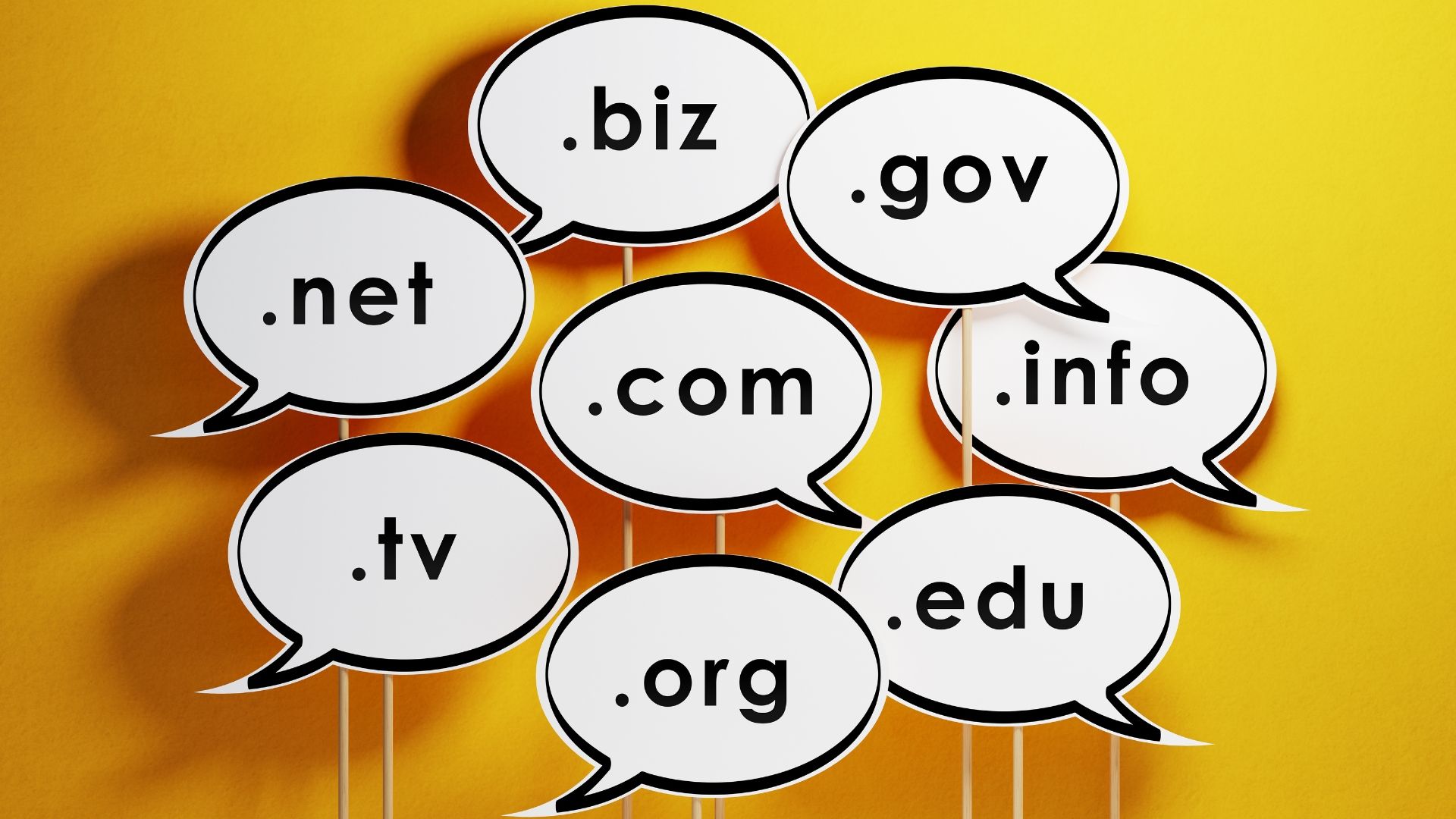Top-notch communication has always been the foundation of excellent customer service. As the world largely shifts to digital, effective communication and quality customer experiences have become priorities for many companies. Advancements in technology have opened new communication channels and high-tech data platforms for organizations, transforming the way business is done.
Nowadays, communicating is becoming an increasingly intricate process. As customers grow to appreciate more personal interactions, it is essential to keep the conversation going long past initial messaging. In order to navigate through 2021, let’s consider the various digital communication platforms available for most people and companies.
1. Text Messaging
One method to encourage better conversations and foster relationships is to use technology to interact directly with consumers. The best platform for this, which works well with other systems, is commonly known as short message service (SMS) or text messaging. SMS is a powerful tool to connect with audiences, as shown by the following statistics:
- 5 billion people in the world actively use SMS.
- SMS messages have a 98% open rate.
- Text messages have a 209% higher response rate compared to email.
- 90% of SMS messages are opened and read in just 3 minutes.
SMS is a popular medium of communication because of its promptness, directness, and universality. SMS marketing is also inexpensive, has a wide reach, and enjoys a better open and response rate than other conventional marketing channels, such as email.
2. Mobile Messenger Apps
Estimates suggest that U.S. adults are spending an average of 4 hours on the internet every day, with 88% of the time being spent on mobile apps. As of October 2020, the most popular global mobile messenger apps based on active users were WhatsApp (2 billion users), Facebook Messenger (1.3 billion users), and WeChat (1.2 billion users).
Companies ought to understand which mobile platforms are being used by their clients. Interactive messaging can influence all stages of a customer’s life cycle, from first contact, acquisition, sales, support, and even up to retention. Leveraging these impactful applications will take advantage of numerous opportunities for branding , marketing , and even ecommerce .
3. Artificial Intelligence
Artificial intelligence (AI) allows businesses to optimize their operations with the click of a button. AI-enabled communications like chatbots can be implemented to respond to questions and provide information almost instantly. They use algorithms to study patterns and provide appropriate responses. Many enterprises are relying on chatbots to respond to high volumes of messages from consumers. According to statistics, chatbots will enable $142 billion in consumer retail spend by 2024, which is a 400% increase from $2.8 billion in 2019.
4. Voice-Enabled Technology
We’re in an era in which communicating with and through various programs will quickly provide us with correct answers and directions, without ever interacting directly with another person.
The popular “Siri” platform has achieved a 4.9%-word error rate for human-speaker interactions, a score that parallels the accuracy of human-human conversations. There are many smart speaker systems like Google Home and Amazon Echo that can function as educational or entertainment instruments; they can also serve as shopping assistants when connected to Amazon. Voice assistants are already part of the consumer economy, with voice commerce taking in $1.8 billion of sales in 2017 and expected to increase to $40 billion by 2022.
Any enterprise can take advantage of these voice-enabled technologies by optimizing their company website for voice search. If done properly, voice-enabled technologies offer the possibility to increase customer satisfaction and decrease operational costs.
5. Hybrid Approaches
Many companies are transitioning to a hybrid model of communication. Hybrid approaches involve using machines because of their efficiency, while also employing actual people to interact with customers. Implementing the best of both methods creates a proper balance and overall better customer experience.
Last year was one of upheaval for large and small businesses alike. To remain competitive moving forward, it is imperative that companies know their customers better than ever and use that knowledge to personalize every interaction possible. At True North Technologies , we strive to keep you informed about the latest tech trends and tips, so if you’re interested in learning more about digital strategies, we encourage you to contact us , browse our blog , or schedule a meeting .
Latest Posts



